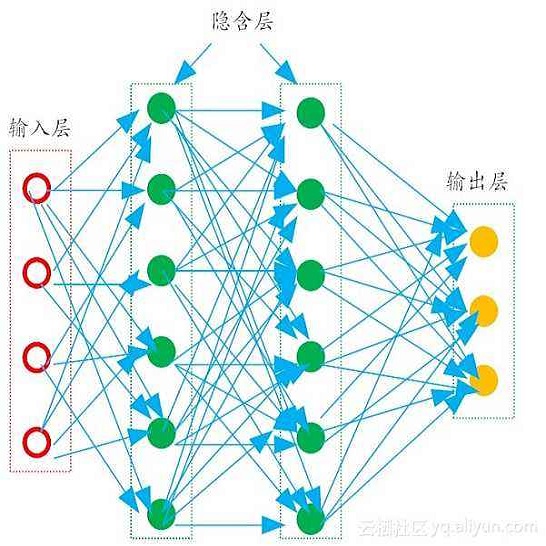Recent advances in Neural Radiance Fields (NeRF) have demonstrated significant potential for representing 3D scene appearances as implicit neural networks, enabling the synthesis of high-fidelity novel views. However, the lengthy training and rendering process hinders the widespread adoption of this promising technique for real-time rendering applications. To address this issue, we present an effective adaptive multi-NeRF method designed to accelerate the neural rendering process for large scenes with unbalanced workloads due to varying scene complexities. Our method adaptively subdivides scenes into axis-aligned bounding boxes using a tree hierarchy approach, assigning smaller NeRFs to different-sized subspaces based on the complexity of each scene portion. This ensures the underlying neural representation is specific to a particular part of the scene. We optimize scene subdivision by employing a guidance density grid, which balances representation capability for each Multilayer Perceptron (MLP). Consequently, samples generated by each ray can be sorted and collected for parallel inference, achieving a balanced workload suitable for small MLPs with consistent dimensions for regular and GPU-friendly computations. We aosl demonstrated an efficient NeRF sampling strategy that intrinsically adapts to increase parallelism, utilization, and reduce kernel calls, thereby achieving much higher GPU utilization and accelerating the rendering process.
翻译:暂无翻译



